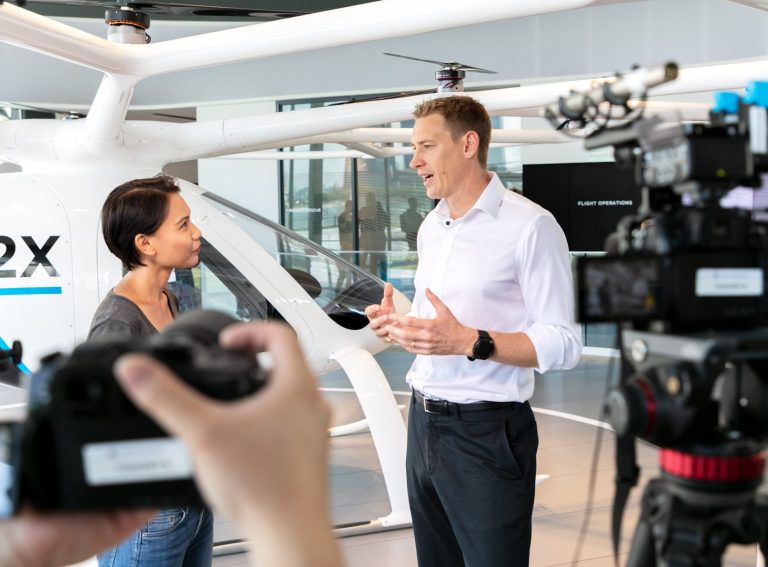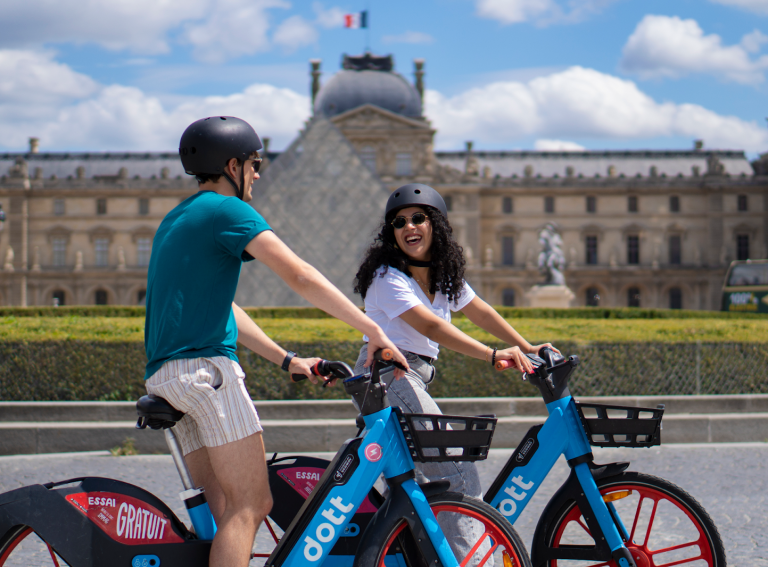Zag examines how five British e-scooter players are defying legislative odds to make the UK a two wheeler R&D leader
The UK might not be the first country that springs to mind when you think e-scooter leader.
After all, we’re still waiting on new micromobility legislation much to the dismay of e-scooter manufacturers who can’t sell their vehicles for use on British roads.
Yet, who would have thought that a road-legal private e-scooter would make it onto UK streets when e-scooters are only permitted under government trials? Or that a British tech company would be developing AI mechanisms to tackle 2-wheeler deaths as far as India?
Is it the case that advances in e-scooter design and safety have been limited because of UK law? Or rather is it the case that we should be celebrating how much progress has been made in spite of the law.
“Despite the lack of progress on e-scooter legislation from the government, the UK has become one of Europe’s leading e-scooter R&D and manufacturing communities,” says Mark Urbanowski, Principal Engineer at WMG, University of Warwick.
Mark is organising the UK’s only in-person micromobility dedicated event in September this year held on campus at the prestigious University of Warwick. Attendees of Micromobility UK 2024 will see the newest models and technologies up close, hear the wisdom of industry leaders, and ride some of the most advanced vehicles on campus.
“With the UK’s rich history in transport innovation and motorsport expertise – a lot of innovators, engineers and business leaders, many from luxury automotive firms and F1 teams, have seen the opportunity.”
Zag takes a look at five of the standout players leading the charge.
Swifty Scooters
What they do: British e-scooter manufacturer Swifty Scooters recently launched the UK’s first ever road-legal e-scooter – the GO GT500 – designed so that it legally classifies as a Stand-On Moped. By tactfully circumventing the UK’s stringent rules on private e-scooters through innovative design, Swifty has developed a ‘scooter’ that looks like one and acts like one.
Why it matters: The GO GT500 not only offers Brits a road-legal private e-scooter, it also brings new possibilities to B2B partnerships and last-mile deliveries which often see overpowered vehicles ridden illegally. Riders are also protected against thermal runaway with the GT500’s Lithium FerroPhosphate battery which features the same chemistry incorporated by Tesla.
“Britain has some of the best design universities, all packed with innovators and entrepreneurs,” Swifty Co-Founder Camilla Iftakhar tells Zag. “Being a British entrepreneur often means going against the grain and breaking the rules to solve your problem. It’s this different approach that leads to the most exciting and innovative change.”
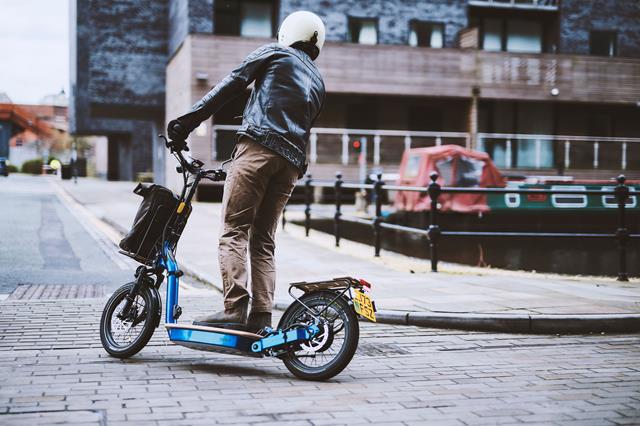
Hilo EV
What they do: Hilo’s Intelligent Road Illumination System (IRIS) uses AI computer vision to react to environmental situations and warn other users of the rider’s presence. After seeing the safety impacts of the Hilo One, the British tech startup developed an intelligent lighting module which is now available to use by other OEMs in the micromobility industry.
Why it matters: Motor vehicles are involved in 80% of crashes which result in the death of a bicycle or e-scooter rider, and Hilo’s illumination technology is directly targeting this statistic.
“To drive people to more sustainable transport like e-scooters, we need to deliver better, safer experiences,” says Hilo Chief Technology Officer Ashley May. “Often some of the most exciting ventures and projects are borne out of start-ups, hungry to make an impact.”
And making an impact it is. Hilo recently partnered with Sacha Engineering to launch IRIS in India where 2-wheeler deaths accounted for 75,000 (44.5%) of India’s road fatalities in 2022.
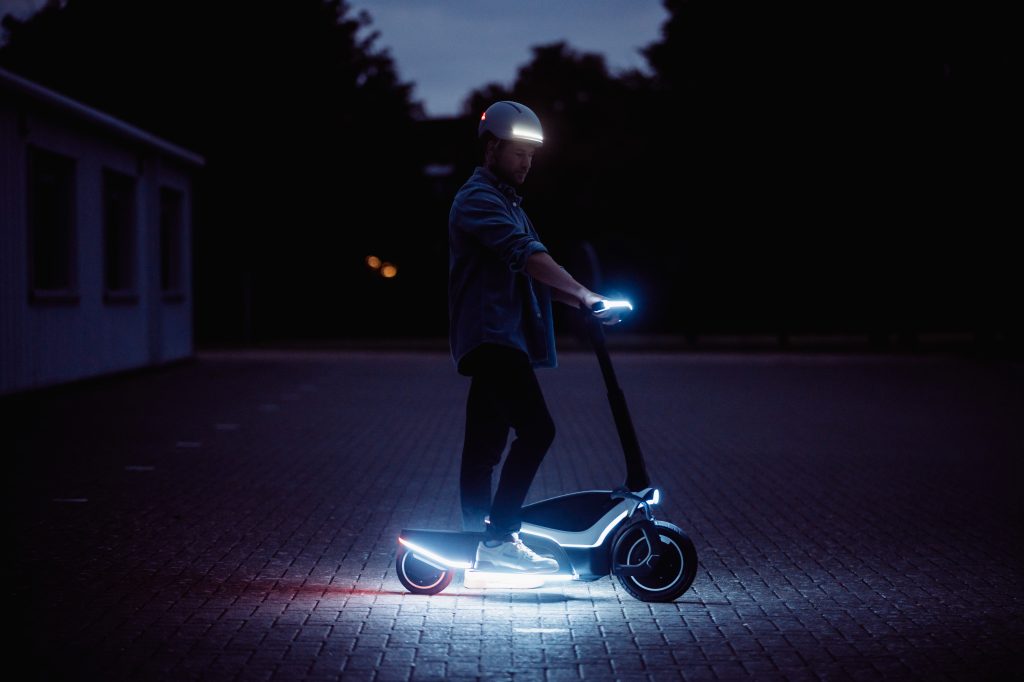
Bo Mobility
What they do: Founded by two ex-Formula One engineers and a former Jaguar Land Rover designer, Bo offers a unique vehicle structure grounded in automotive engineering. The Tesla-inspired Bo M features a monocurve aluminium chassis which defies geometry traditionally laid down by the industry. It also has Bo Safesteer technology and a Daytime Running Light giving 270-degree visibility.
Why it matters: “This new chassis not only gives Bo a unique design, but it gives a uniquely direct connection between the rider’s hands and feet,” says Bo’s CEO Oscar Morgan. “Where all other vehicles in this sector suffer from wobble and shake, this makes Bo reassuring, intuitive and comfortable to ride.”
With an automotive R&D approach, Bo brings the same reliability to e-scooters that you’d expect from a car. “That approach to reliability is inherent to how cars have to be designed; the safety stakes are so much higher. For our riders, it just means total confidence to rely on Bo vehicles and the company supporting them.”
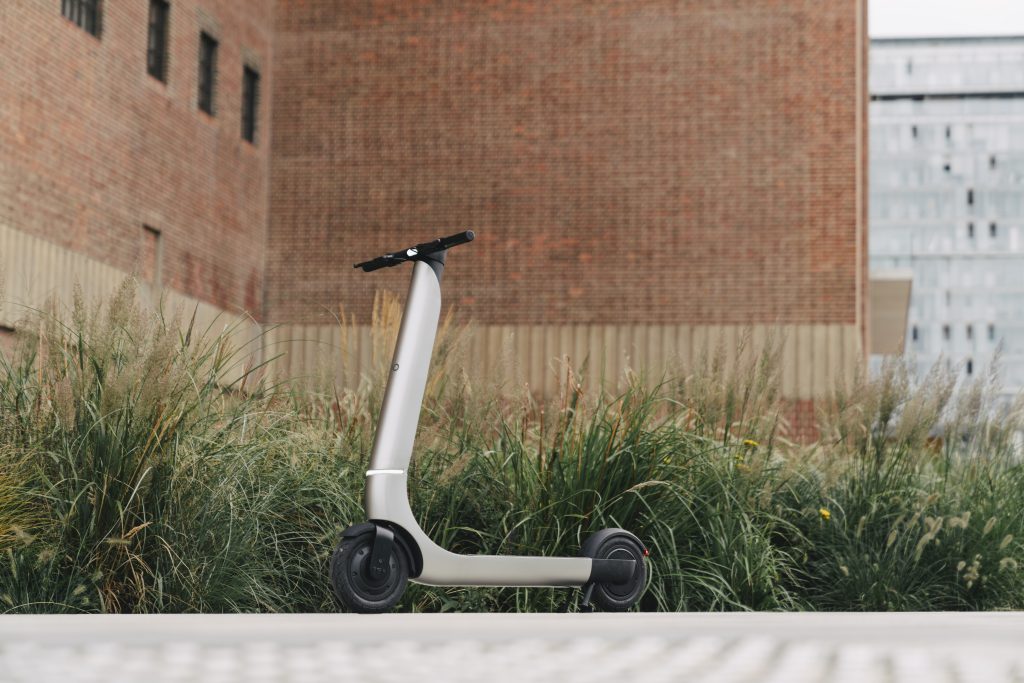
Lavoie
What they do: Also with F1 heritage is the McLaren Applied subsidiary Lavoie. “The Series 1 e-scooter uses cutting edge, motorsport derived engineering know-how from McLaren Applied to set new standards for the sector,” explains Lavoie CEO Eliott Wertheimer.
Setting the Series 1 e-scooter apart is its one-touch folding technology called Flowfold (TM) system, enabling it to shrink to one of the most compact e-scooters in its category.
Why it matters: While a single press of a button is all it takes to achieve the greatest reduction in size, automotive-grade latches ensure the strength and stability of the scooter when it’s at full size too.
“McLaren Applied engineers have leveraged their motorsport and automotive expertise to deliver smooth, predictable, easy to modulate steering and acceleration which, teamed with the scooter’s exactingly honed ergonomics, offers unrivalled rider comfort and total control akin to riding a motorcycle.
“We’ve been honoured to be involved in the Department for Transport’s consultation process on e-scooter standards, which has been run in conjunction with Warwick University. Initiatives like these are key to driving up standards across the e-scooter sector for manufacturers and consumers, and e-scooters will become increasingly central to the mobility landscape in the UK in the coming years.”
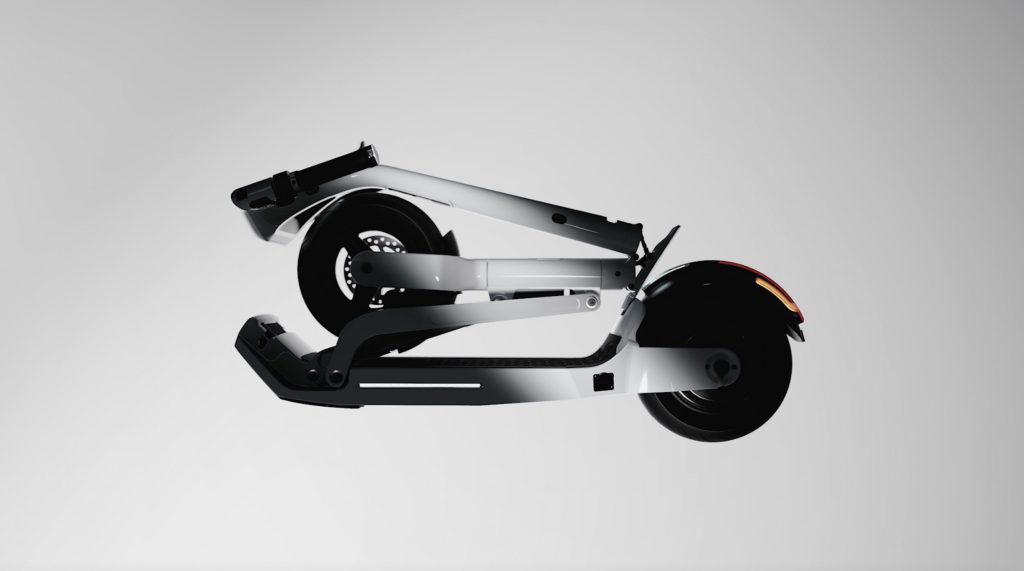
Pure Electric
What they do: Bristol-based Pure has reinvented the e-scooter with a range that includes two foot plates to create a forward-facing riding stance, a patent pending steering control system and a foldable chassis. Designed for city living, the Pure Advance has folding handlebars and footpads for easy storage, while the Pure Advance Flex folds into an even smaller form factor thanks to another folding point in the chassis.
Why it matters: If theft is what’s stopping you from switching to e-scooters, Pure says take the vehicle with you. The boot of your car, a public transport rack, under your office desk – wherever you go your e-scooter can join too.
“Our vehicles are unique because we changed the way you stand on a scooter,” Pure’s Founder Adam Norris tells Zag. “We lowered the centre of gravity which improves stability. We created a forward-facing riding stance which improves stability. And we’ve made the rider stand further back which improves braking performance.
“The UK has led the world in many things. But for e-scooters, the government needs to understand that they’re making it 10 times harder for us to do our jobs.”

To attend Micromobility UK, hosted by WMG, University of Warwick, sign up here.

